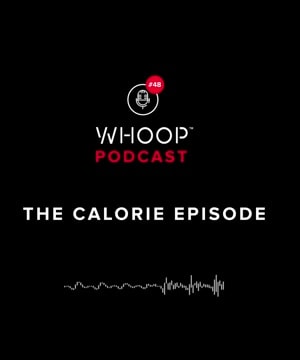Calorie Accuracy
Sources:
The accuracy of calorie tracking and estimation is fraught with challenges due to several factors highlighted by trusted experts:
-
Human Error in Tracking: Danny Matranga points out that people often underreport their calorie intake, with studies showing discrepancies as large as 50%. Even experienced individuals like him find that accurately weighing and measuring food leads to more precise calorie tracking and consequently better weight loss results 1.
-
Food Label Inaccuracies: Layne Norton explains that food labels can legally have up to a 20% margin of error. While larger companies tend to stay closer to the actual values, this inaccuracy can still significantly affect calorie counting. The variation is particularly pronounced in less processed foods compared to highly standardized products 2 3.
-
Device Accuracy: Wearable devices used to estimate calorie expenditure, such as fitness watches, can overestimate exercise energy expenditure by 28% to 93%. This overestimation can mislead users about their actual calorie burn 3 4.
-
Challenges of Estimating Caloric Expenditure: Despite advanced methods like heart rate-based calculations utilized by devices like WHOOP, which surpass simple accelerometer-based methods, estimates of caloric expenditure remain just that—estimates. WHOOP devices aim to capture trends rather than precise calorie counts, acknowledging that even the best methods have limitations of about 10% error 5 6.
-
Whole Foods vs. Processed Foods: Adam Schafer and Sal Di Stefano emphasize how whole foods tend to be more accurately reported in terms of calories compared to processed foods, which can have up to 20% discrepancies due to labeling errors 4. Emily Capilupo adds that natural variations in whole foods can complicate accurate calorie reporting more than standardized products, such as candies 6.
In essence, while tools and methods for calorie tracking and estimation are improving, inaccuracies persist due to human error, regulatory allowances, and the inherent difficulty in measuring energy expenditure and food composition precisely.
RELATED QUESTIONS-




